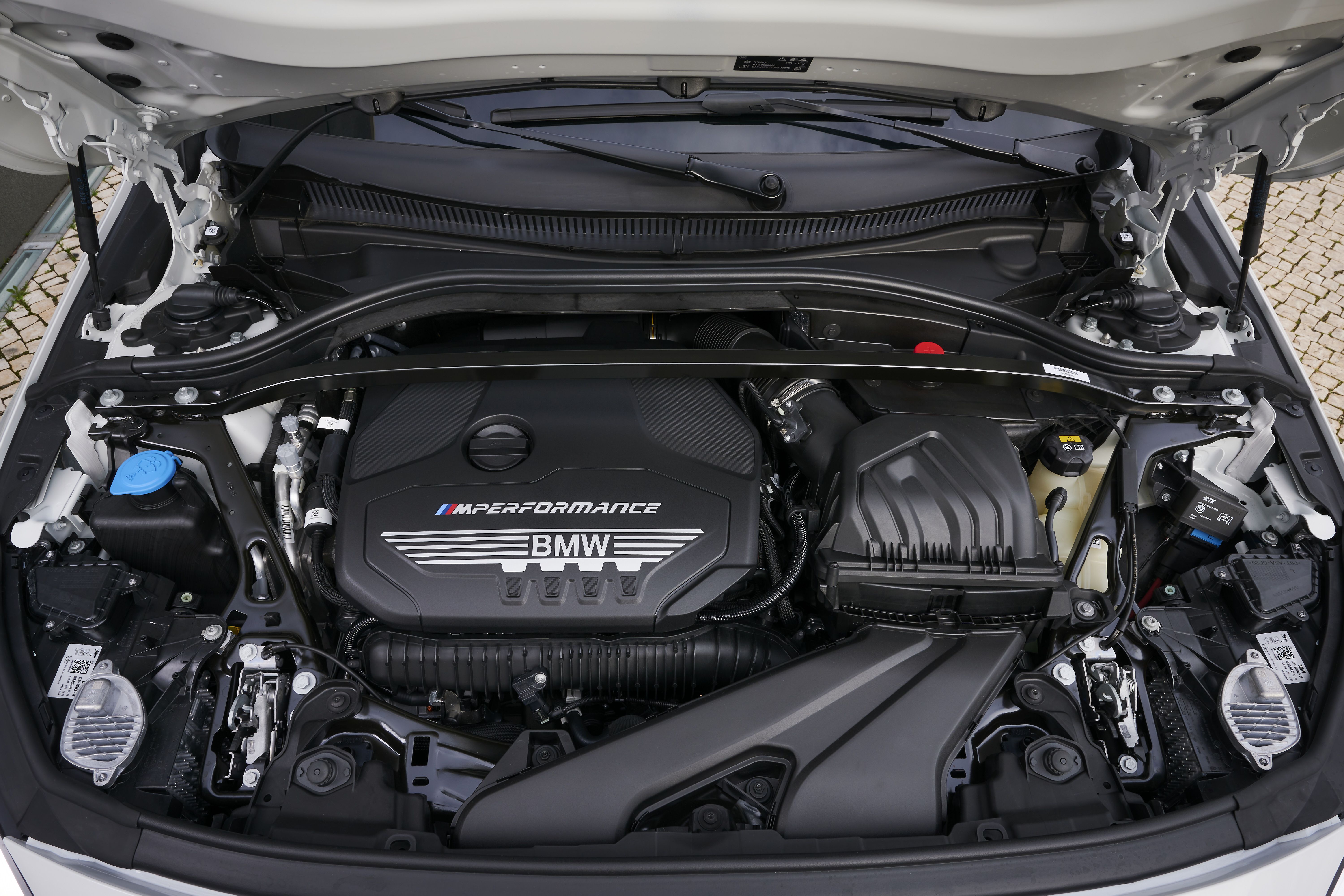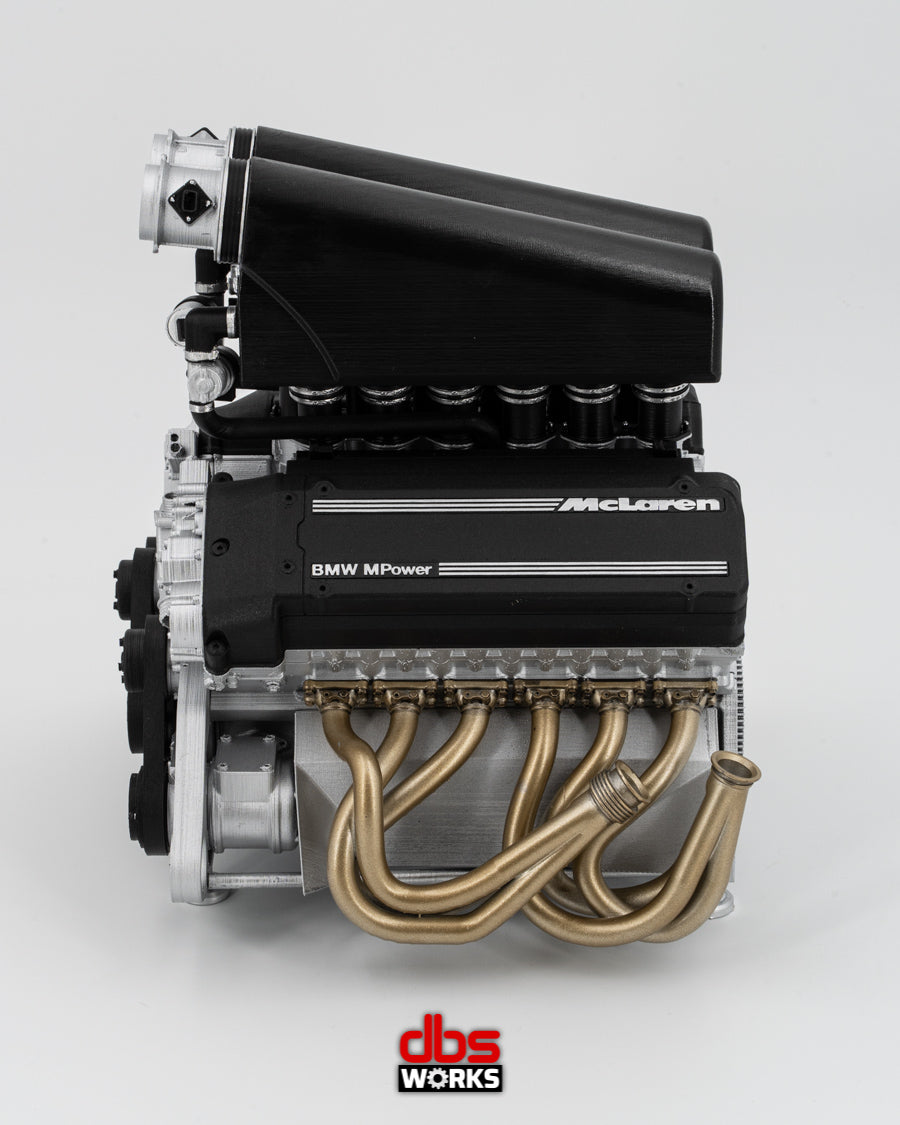Usual Concerns Encountered by BMW Engine Owners and Just How to Address Them
Usual Concerns Encountered by BMW Engine Owners and Just How to Address Them
Blog Article
Checking Out the Development of Burning Engines in Modern Transport Equipments
As we browse the landscape of contemporary transportation, the evolution of burning engines stands as a testimony to human ingenuity and design prowess. The interplay of background, modern technology, and ecological issues in shaping the trajectory of burning engines develops a narrative that is both informative and compelling.
Early Beginnings of Combustion Engines
Exactly how did the concept of combustion engines first emerge in the beginning of transportation advancement? The origins of burning engines can be traced back to the 17th century when the principles of inner combustion were initial checked out. In 1673, Christian Huygens conceptualized a standard internal burning engine that used gunpowder to create power. It wasn't up until the late 19th century that practical applications of burning engines in transport began to arise.
The breakthrough minute included the creation of the initial successful gasoline-powered engine by Karl Benz in 1885 - bmw engine. This engine led the method for the development of the contemporary auto, transforming transportation systems worldwide. Subsequent developments by Nikolaus Otto and Gottlieb Daimler better refined burning engine technology, leading to the automation of automobiles and the fast expansion of the transportation sector
These early combustion engines were defined by their simpleness and effectiveness, laying the structure for the facility and effective engines made use of in modern-day transport systems. The advancement of burning engines has actually been instrumental in shaping the method we travel and deliver items, noting a substantial landmark in the background of transport advancement.
Shift to Internal Combustion Innovation
The shift to interior combustion innovation noted an essential change in the development of transportation systems. This shift began in the late 19th century, with innovators like Nikolaus Otto and Gottlieb Daimler establishing the very first successful internal combustion engines. These engines revolutionized transport by using a much more effective and effective option to heavy steam engines and electric motors.
One of the key benefits of internal burning engines was their capacity to be scaled down to fit right into lorries, causing the development of automobiles and bikes. This change from large, stationary engines to small, mobile ones paved the means for the contemporary transportation systems we see today.
The change to inner combustion technology also stimulated developments in gas innovation, leading to the advancement of gasoline and diesel as main gas sources for lorries. This shift not just made transportation a lot more available to the masses yet also laid the structure for the oil and gas industry to come to be integral to international economic situations.
Effect of Combustion Engines on Transportation
The fostering of burning engines in transport systems catalyzed a profound change in the efficiency and speed of international movement. Combustion engines changed transportation by supplying a functional and reliable source of power for different lorries, including vehicles, aircrafts, vehicles, and ships. This development substantially boosted the ability for goods and people to conform cross countries in much shorter time structures, bring about increased connectivity between regions and nations.
Furthermore, the widespread use of combustion engines has had a considerable impact on economic development. The ability to carry products effectively has spurred trade and commerce, allowing businesses to increase their markets and get to customers worldwide. This has actually assisted in economic growth and globalization, as products can currently be moved much faster and in bigger this website amounts than ever.
Nevertheless, the environmental impact of burning engines can not be overlooked. The burning of fossil gas has resulted in air pollution and greenhouse gas exhausts, adding to environment change and posing wellness threats to populaces. bmw engine. Because of this, there is a growing emphasis on creating alternate propulsion technologies to mitigate these adverse impacts and create an extra sustainable future for transport
Technologies in Burning Engine Design
Countless improvements in combustion engine layout have moved the advancement of transport systems over the decades. One remarkable development is the development of turbocharged engines, which utilize exhaust gases to drive a wind turbine that presses incoming air, enabling more fuel to be scorched, resulting in raised power outcome without a substantial boost in engine dimension. Furthermore, straight injection modern technology has enhanced fuel effectiveness and efficiency by exactly regulating the amount and timing of gas infused into the burning chamber. Variable valve timing systems have additionally transformed engine layout by optimizing air movement at different engine speeds, boosting both power and efficiency. One more substantial development is the assimilation of lightweight materials such as carbon fiber and aluminum alloys, lowering overall engine weight and improving automobile gas economic climate. In addition, advancements in computer-aided style have actually made it possible for designers to optimize engine performance and effectiveness via simulations prior to physical models are built, saving time and resources in the advancement process. These developments collectively add to the continual enhancement of combustion engines in modern-day transportation systems.
Future Patterns in Combustion Engine Growth
With modern technology improvements driving constant development, useful link the future of burning engine growth is poised to revolutionize transport systems internationally. One of the key fads in combustion engine development is the press towards greater performance and decreased emissions. Suppliers are investing greatly in research study and development to boost engine performance while fulfilling rigid environmental laws. This includes the assimilation of sophisticated gas injection systems, boosted turbocharging techniques, and the use of light-weight products to enhance gas usage and reduce carbon discharges.
An additional prominent pattern is the fostering of hybrid innovations in burning engines. Crossbreed engines combine standard burning innovation with electrical power, offering enhanced gas efficiency and lower discharges. As the auto industry shifts in the direction of electrification, crossbreed combustion engines are seen as a transitional service that connects the void in between conventional cars and totally electric ones.
Furthermore, the combination of wise modern technologies, such as expert system and data analytics, is expected to play a substantial duty in the future of burning engine development. These technologies can enhance engine performance in real-time, causing extra reliable burning procedures and boosted total vehicle performance. Welcoming these future patterns will not only drive development in combustion engine development but also contribute to a more sustainable and environmentally friendly transport ecological community.

Final Thought
Finally, the advancement of combustion engines in modern-day transportation systems has been noted by substantial improvements in modern technology and find here design. From the early beginnings of combustion engines to the change to inner burning technology, these engines have had an extensive effect on transportation. Advancements in combustion engine style remain to drive development in this field, with future trends focusing on more boosting performance and lowering exhausts. The future of burning engines in transportation looks promising as r & d initiatives remain to push boundaries.
The origins of combustion engines can be mapped back to the 17th century when the concepts of internal burning were initial checked out. These engines transformed transportation by offering an extra effective and powerful option to steam engines and electrical motors.

Report this page